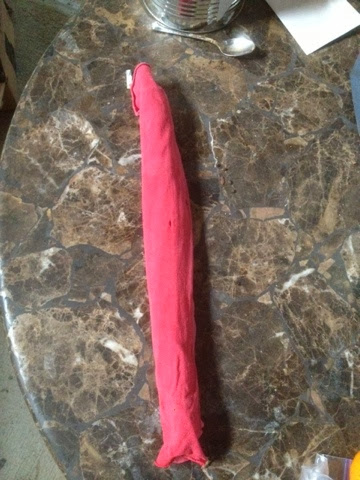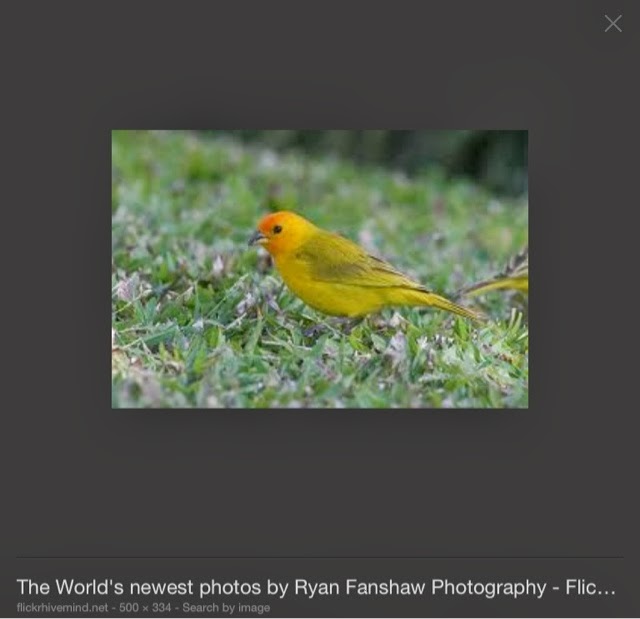These are the ten most common questions I was asked when I announced I intended to quit my job, sell everything, move the Hawaii, build a house and a homestead.
#1- Are you crazy?
Well honestly, most likely I am but not when it came to moving and changing my life.
#2- You're not taking the TV? Are you crazy?
I'd already spent a good portion of my life watching TV. I am crazy enough to want more out of life. Every hour spent watching TV could be spent riding my horse, walking in the forest, planting in my garden, enjoying a swim, at the beach. Now I'd rather live life than sit in front of a TV.
#3- You're selling and giving away almost everything you have before you move? Are you crazy?
We didn't see the sense in paying to ship boxes of stuff that we most likely wouldn't ever use again. So we eliminated 90% of our material possessions. It turned out that we should have done 95% because we sent things over that we haven't touched in 12 years.
#4- You're moving from a comfortable suburban life (3 bedroom rancher, multiple shopping malls within minutes, dozens of restaurants and movie theaters, nearby hospital, etc) to a 2 room (not two bedrooms, no it was just two rooms plus a bath) house shell, virtually no electricity, no city water or sewerage, no trash pick up, no telephone.......are you crazy?
It's been a dream to build our own house and live self reliantly. No better time than now to start working on our dream. It's a new adventure. We'll learn a lot.
#5- You're going to live on a live volcano only a mile from the rift zone? Are you crazy?
That sounds worse than it is. We are in a zone 3, which means that we are protected from the rift zone by good sized hills. But the possibility of lava is still there. So we built our house on the hilltop. If our road turns into a lava channel, guess we'll need to make the driveway go the opposite direction -- out the back of the property and use the neighbor's easement to the highway. But think of it this way, hey we'd have a front row seat for lava viewing!
#6- You're moving to where they have earthquakes? Are you crazy?
Little earthquakes happen here frequently. No big deal. Every few years there is a bigger one that gets your attention. And some day when Mauna Loa erupts, there will be some really big ones. Yes, they might happen in my lifetime. But then again, they might not. I'll just prepare and take it as it comes. No worse than living with monster hurricanes that wipe away houses. I accepted that when living in NJ.
#7- You're moving to where they have tsunamis? Are you crazy?
Well, we're at 2300' elevation. If a tsunami were to affect us, then I pity the rest of the world. No, I feel pretty safe from tsunamis.
#8- You're building an unpermitted house? Are you crazy?
By mainland standards, I would be crazy. But 50% or there abouts of Hawaii homes are unpermitted. It's a real headache for the building department here but there's not much they do about it. As long as you keep out of trouble, get along with your neighbors, and build a near to permitable house, they will leave you alone. You'll pay real estate taxes as though its permitted, so don't try to fight that. Unpermitted houses have their pros and cons. We accept them and are comfortable with the idea of being unpermitted.
#9- You really think you can really grow your own food? Kill your own meat? Are you crazy?
Having lived a life where everything can from a supermarket or restaurant, I wasn't sure if I could raise my own food. But I wanted to try. It took 10 years, taking little baby steps through the years, but I am proud to know that we can survive comfortably on food that does not come through the commercial channels. So there.... I did it! Ha! Guess I wasn't crazy afterall.
#10- You're moving to an area that's like a third world country! Are you crazy?
It took some getting use to, and we had to adjust our lifestyle, but all in all we've come to love it here. Yes'm, things don't work like back on the mainland. People here don't necessarily think like mainlanders. The police, politicians, government officials all see things a bit differently than "back from where I came from". The local residents are stranger, have odder habits. But people here are far more tolerant too. Sometimes it's frustrating to deal with, but other times there's advantages to being in a third world area.
So, did you notice the recurring theme? My mainland friends thought I went over the cliff, jumped off the deep end, that I was plumb loco. But guess what, I've got the last laugh. They all wish they had made a move away from NJ. I tell them that's it's not too late, but they don't believe me. They are still living under an umbrella of fear, something that permeates your life when you're living there. They are even afraid to move. How sad. I was like that 15 years ago. So I can understand how they feel. But luckily I became "crazy" and made the move.











































